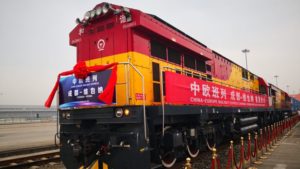Past: the Ancient Silk Road (Chinese: 絲綢之路)
- old network of caravan and trade routes which spread from Chinese Xi’an to Mediterranean Sea / to Europe
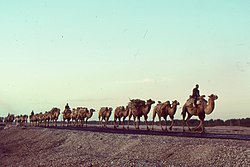
- about 100 BC till 1300 AD: economically quite important (silk to Europe in exchange for wool, gold and silver)
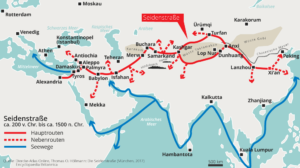
- also: ways for travellers, movement of peoples / cultures
- since 2014: UNESCO World Heritage Site
Present: Globalization
- since 1978: open trade relations with other states, over many decades: strengthening the economy
- today: economically and technologically powerful with global reach, leading maritime navy, Germany’s (and almost a hundred other states) most important trading partner as of 2017
- since 2013: economic, but also increasing world-wide influence in global politics and military affairs as well as culture
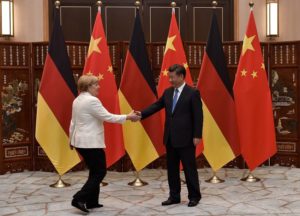
Future: so-called „new Silk Road Initiative“
- largest investment program since European Recovery Program 1948 (nearly a trillion dollars in loans planned); investments mostly in developing countries, such as East Africa – economic boost in the region
- Challenges: protection of workers and projects in crisis areas
- geographical Location:
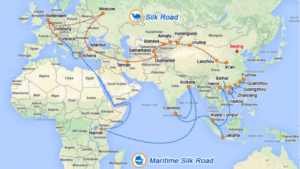
=>north: roads / rails via Central Asia to German Duisburg
=>Maritime Silk Road: from the Chinese coast via East Africa to the Mediterranean to Greece / Venice
- Not only exporting goods, but also services (eg. infrastructure projects) in exchange for resources (such as Lithium and Cobalt)
Goals of China:
- Supporting the Chinese economy
- Recovery of Chinese provinces
- Position as an alternative to Western financial institutions
Finally, an open question whether and how China will dominate and its impact to the world
(Niklas Krofta)

